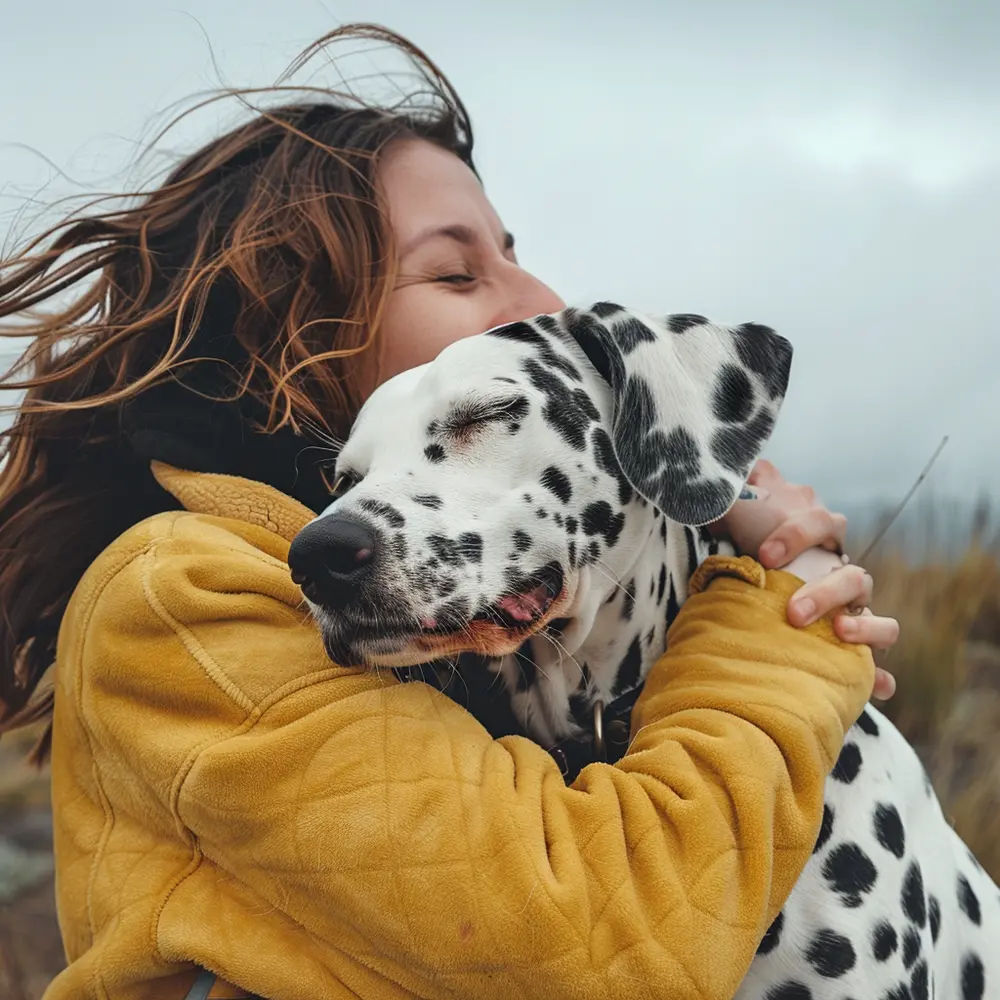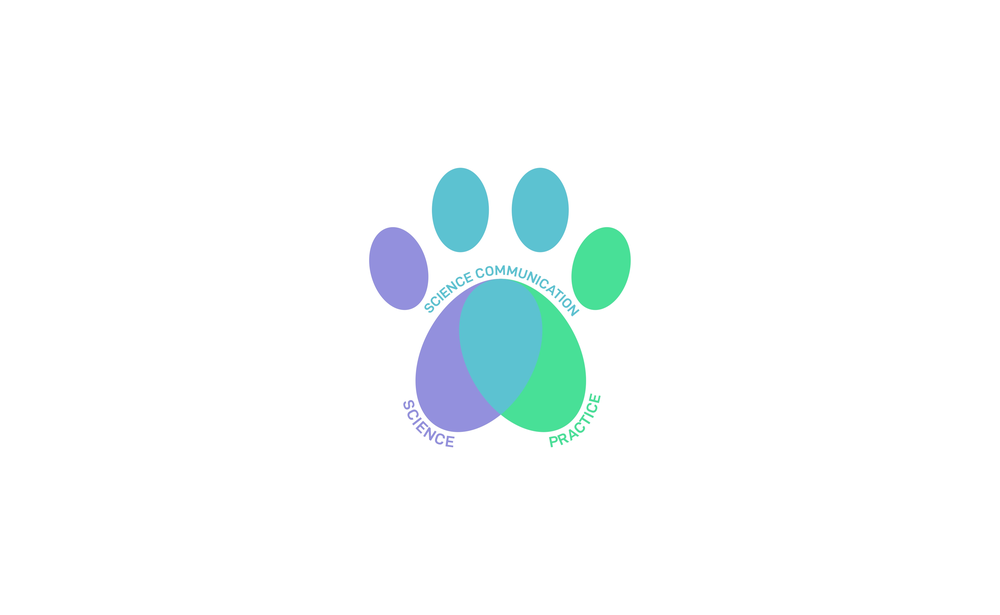Table of Contents:
Understanding the Importance of the Human-Dog Bond
Recognizing the significance of the human-dog bond is fundamental to cultivating a fulfilling relationship with your dog. This connection is built on mutual trust, respect, and love, mirroring many dynamics found in close human friendships or family relationships. A strong bond can lead to numerous psychological benefits for both humans and dogs, such as reduced stress levels, increased happiness, and general well-being.
The human-dog bond isn't only about companionship; it also enhances communication and understanding between the two species. Dogs that feel securely attached to their humans may be more responsive and easier to train. Furthermore, the bond you share can have protective effects, such as improved heart health and a decreased risk of depression.
This profound attachment is not only emotionally rewarding but also plays a critical role in how effectively you and your dog can work together, enjoy activities, and support each other. Therefore, nurturing this bond isn't just beneficial; it is essential for a harmonious living environment and a healthier life together.
Establish Regular Playtime Sessions
One of the most enjoyable ways to strengthen your bond with your dog is to establish regular playtime or mental activity sessions. Engaging in activities that you share together is a direct method to increase emotional connection and boost your dog's physical and mental health.
Through different games such as retrieving a (hidden) toy, searching for food or mastering obstacle courses, dogs not only expend excess energy but also learn important social skills and problem-solving abilities. Additionally, these playful interactions can serve as a training ground for following signals and improving overall behaviour.
It is important to tailor the playtime to your dog's age, breed, and health condition to ensure that the activities are enjoyable and not overly strenuous. This thoughtful approach ensures that your dog is not only having fun but also gaining positive experiences from each session, reinforcing their trust and affection towards you.
Master the Art of Communication
Effective communication is a cornerstone of deepening the human-dog bond. Mastering this art involves understanding and responding to your dog’s needs and signals appropriately.
Begin by learning the basic cues and signals your dog uses to communicate, such as vocalisations, facial expressions or body posture. Responding correctly to your dog's signals can help prevent misunderstandings and build a foundation of trust.
Additionally, it is crucial to use clear and consistent signals during your everyday interactions with your dog and training. This clarity helps your dog understand what is expected of them, leading to a heightened sense of security and better compliance. Remember to always keep your tone friendly and positive, as dogs are very sensitive to the inflections and emotional undertones of your voice.
Incorporating hand signals can also enhance communication. These visual cues can be an effective supplement to verbal signals, particularly in noisy environments or as your dog ages and their hearing may decline.
Engage in Training Together
Engaging in training together can significantly enhance the connection between you and your dog. It is not only about teaching skills but also about spending quality time together and understanding each other better.
When you train with your dog, it is beneficial to use positive reinforcement techniques such as treats, praise, or play. This method not only motivates your dog but also makes the learning process enjoyable and stress-free. The key is to be patient and keep training sessions short and lively to maintain your dog's attention and enthusiasm.
Focus on one signal or trick at a time to ensure clarity and effectiveness. This gradual approach helps your dog to learn efficiently without feeling overwhelmed. Celebrate successes with your dog, no matter how small, to reinforce their positive behaviour and encourage them to continue learning.
Additionally, participating in group training classes can be helpful. These settings provide socialization opportunities and expose your dog to different environments and distractions, which can be beneficial for their overall behaviour and adaptability.
Create a Routine and Stick to It
Establishing a consistent routine can be crucial for building security and trust with your dog. Dogs thrive on predictability, and a regular schedule reassures them about what is expected and when. This can significantly reduce anxiety and behavioural problems.
Your routine should cover the daily essentials such as feeding, walking, playtime, and bedtime at consistent times. It is equally important to include regular grooming and health checks to ensure your dog remains in top condition.
Here are some tips to stick to a routine:
- Set reminders for yourself in the beginning to make sure you don’t miss or skip the scheduled activities until it becomes a natural part of your day.
- Try to gradually adjust the times if needed, shifting activities earlier or later by small increments (e.g., 15 minutes) to find what works best for both you and your dog.
- Think about treating the routine as a mutual commitment, respecting the established times as you would any important appointment.
However, it is also important to remain flexible. Life can be unpredictable, and there may be times when sticking to the schedule isn't possible. Don't stress if you occasionally need to adjust your routine. The key is consistency over the long term, rather than perfection every single day.
Not only does a well-established routine benefit your dog's mental and physical health, but it also cements the consistency that is vital for strengthening your mutual bond.
Show Consistent Affection and Praise
Showing consistent affection and praise is a powerful method of reinforcing the positive bond between you and your dog. Affectionate gestures such as petting, cuddling, or even gentle verbal praises help reassure your dog of your love and commitment to them.
It is important to note that affection should be shown in a way that respects your dog's individual likes and boundaries. While some dogs enjoy physical closeness, others might prefer a cheerful verbal praise or a favourite treat. Pay attention to how your dog responds to different forms of affection to understand the best way to express your love.
Praise, especially when combined with consistent affection, helps build your dog's confidence and encourages them to behave in a manner that pleases you. It is crucial, however, to ensure that your praises are timely and specific to the actions you are reinforcing, such as after your dog successfully follows a signal or behaves well.
Consistent affection and praise not only strengthen the emotional connection but also enhance your dog’s overall happiness and well-being, solidifying the bond you share.
Explore New Environments Together
Exploring new environments together can significantly enrich the human-dog bond. New surroundings stimulate your dog's senses and present fresh challenges that you can tackle together, enhancing your mutual trust and dependency.
Whether it is a visit to a new park, a different route on your daily walk, or a trip to the countryside, each new experience offers a chance to explore and learn. This not only breaks the monotony of daily routines but also provides mental stimulation and exercise for your dog, which are crucial for their overall health and happiness.
During these explorations, keep a few things in mind:
- Always ensure the environment is safe for your dog, checking for potential dangers like traffic, harmful plants, or aggressive animals.
- Keep your dog on a leash unless you are in a safe, enclosed area where they can roam freely.
- Take the opportunity to practice recall signals in different settings, reinforcing training and ensuring your dog’s responsiveness in diverse scenarios.
By stepping out of the familiar and venturing into new territories together, you strengthen your bond through shared experiences and adventures.
Prioritize Your Dog's Health and Wellness
Prioritizing your dog's health and wellness is essential for a long and happy life together. Ensuring that your dog maintains good health helps to enhance the quality of the bond you share, as a healthy dog is more capable of engaging in activities and interactions that strengthen your relationship.
Here are some key aspects to focus on:
- Regular veterinary check-ups are crucial to monitor your dog’s health and prevent diseases. Make sure vaccinations, parasite control, and dental checks are part of their routine care.
- Proper nutrition plays a critical role in your dog’s physical condition and behaviour. Feed them a balanced diet suitable for their age, breed, and health status, and make sure to manage their weight through portion control and healthy treats.
- Exercise is vital not only for your dog’s physical health but also for their mental stimulation. Regular walks, play sessions, and training activities help to keep them fit and mentally sharp.
Remember, caring for your dog’s health not only involves treating illnesses but also preventing them through proactive wellness measures. By doing so, you ensure that your beloved companion is always ready to enjoy life’s adventures with you.
Learn to Read Your Dog's Body Language
Learning to read your dog's body language is a critical skill that can improve communication and strengthen your bond. Dogs communicate largely through their facial and body expressions, and understanding these can provide insights into their emotions intentions and needs.
Here are a few important body parts to watch for:
- The tail and its different postures and movements allow a complex form of communication and can indicate a range of emotions and intentions, from positive low arousal states to negative high arousal states, depending on the specifics of the tail position and movement.
- Ear position can be another important indicator. Ears up and forward can often mean your dog is engaged and alert, while ears flattened back might indicate fear or submission.
- Eyes can also be telling. When your dog is relaxed, their eyes will be their normal shape. However, wide, staring eyes might indicate they are threatened, and soft eyes usually express trust and affection.
Interpreting these signs accurately allows you to respond more effectively to your dog's needs and emotions, fostering a deeper mutual understanding and trust. As you spend more time together, you'll likely begin to notice subtler signs of how they’re feeling, helping you cater to their emotional well-being as you would a human family member.
Celebrate Milestones and Achievements Together
Celebrating milestones and achievements together can greatly reinforce the powerful connection between you and your dog. Recognizing and enjoying these moments can build a more profound sense of partnership and joy in your shared journey.
Celebrating these moments not only brings joy but also reinforces your dog’s positive behaviours and strengthens the emotional bond you share, making every achievement a step forward in your life together.
FAQ: Enhancing Your Relationship with Your Dog
What are the benefits of regular playtime with my dog?
Regular playtime enhances mutual trust and understanding, reduces stress and anxiety, and boosts physical and mental health for both you and your dog.
How does effective communication strengthen my bond with my dog?
Effective communication helps you understand and respond to your dog’s needs, avoiding misunderstandings and building a foundation of trust and security.
Why is creating a consistent routine important for dogs?
A consistent routine provides stability and reduces anxiety in dogs, as they thrive on predictability. It ensures they know what to expect and when, helping them feel more secure and behaved.
What role does showing affection play in the dog-human bond?
Showing consistent affection reassures your dog of your love and commitment, boosting their emotional well-being and reinforcing positive behaviour towards you.
How can exploring new environments together benefit my relationship with my dog?
Exploring new environments stimulates your dog’s senses and presents challenges that you can tackle together, fostering mutual trust and dependency while providing fun and exercise.








